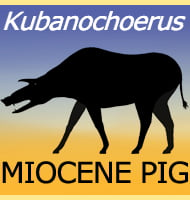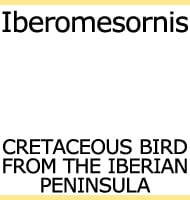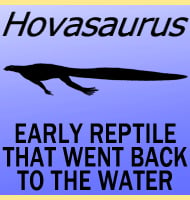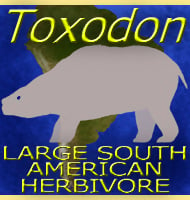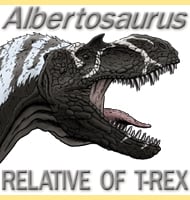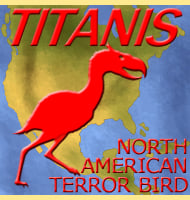In Depth
When first described in 1858 by Richard Owen, the type specimen of Valdoraptor was interpreted as a foot belonging to the armoured dinosaur Hylaeosaurus. In 1881, John Hulke scored nearer the mark by identifying the foot as belonging to a theropod dinosaur. From here the foot was attributed to Megalosaurus by Richard Lydekker in 1888 and then Altispinax by Friedrich von Huene in 1923. Eventually in 1991 George Olshevsky created the Valdoraptor genus for the foot, but this was not the end of the confusion, as the foot has also been perceived to be similar to Neovenator and Eotyrannus.
Despite this, the Valdoraptor foot has been more popularly interpreted as belonging to an ornithomimosaur. However this has caused confusion and uncertainty in itself. With only a foot, it is impossible to say how big Valdoraptor was or if it had any special features like skull crests or enlarged claws. We also can’t infer what it ate since the ornithomimosaurs may have been carnivores, herbivores or even omnivores depending upon the genus. A 2014 study (Allain et al) concerning Valdoraptor also speculated that this dinosaur may in fact be synonymous with the genus Thecocoelurus.
Valdoraptor should not be confused with the similarly named Valdosaurus.
Further Reading
- A revision of the parainfraclass Archosauria Cope, 1869, excluding the advanced Crocodylia. Mesozoic Meanderings 2 pp. 1-196 - George Olshevsky - 1991. - Dinosaurs of Great Britain and the role of the Geological Society of London in their discovery: basal Dinosauria and Saurischia. - Journal of the Geological Society of London 164: 493-510. - D. Naish & D. M. Martill - 2007. - European ornithomimosaurs (Dinosauria, Theropoda): an undetected record. - Geologica Acta 12(2). - R. Allain, R. Vullo, J. Le loeuff & J.-F. Tournepiche - 2014.

